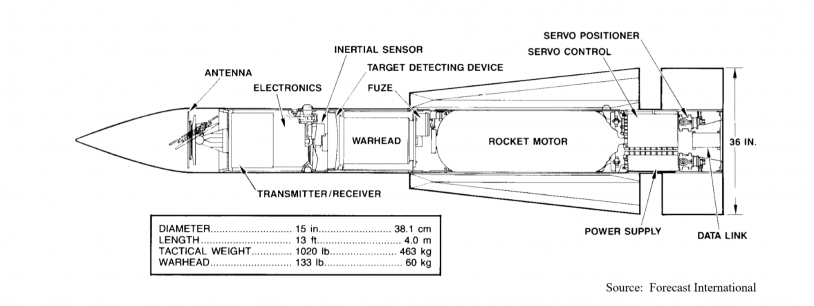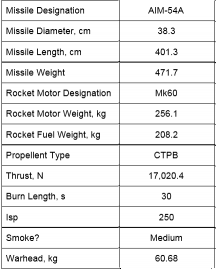F14
Contents
DCS F-14 A/A introductory Guide
Introduction
The F14 is a heavy US naval fighter designed for the intercept role but can act as an air superiority fighter engaging enemy fighters.
- Weapons
- AIM54
- AIM7
- AIM9
- Pilot Seat
- Keybinds
- Viewing the radar
- HUD/ACM - important elements
Weapons
AIM-54
The AIM-54 will be the most used A/A weapon for the F14 and is unique to this aircraft. It is a long range actively guided A/A missile. It was originally meant to be deployed on the F111B to intercept bombers and cruise missiles at very long range. Additionally, learning from the Vietnam conflict, the missile also had to be able to engage maneuverable fighter aircraft at medium ranges with high hit rates. This led to a missile which in testing achieved a max range shot of ~115nm and was the first missile to hit a target pulling more than 6g's successfully.
(note this next part is WIP as of 7/14/2019 as we are waiting for ED to give HB access to the missile API but once they do the AIM-54 will behave as described in the following text. Until then it acts essentially like an AMRAAM)
Due to the more antiquated nature of its electronics the 54 does have downsides to its deployment. First, it is not truly fire and forget in TWS mode like the AMRAAM is. The computer has to tell the missile to go active via a RF pulse sent through the missiles datalink. This is often commanded 15sec before impact. Tactically speaking this means a turn too far away from the target will result in the missile not receiving the pitbull command. This can be averted if the pilot flips up the ACM cover (missile is active off the rail) or if the RIO manually gives the command via a switch in the back.
On the other hand when using STT the missile will go into a SARH mode. While operating in SARH mode if the STT lock is lost the missile will turn on its own radar and actively guide on the expected location of the aircraft either until STT is reestablished or a lock via the missiles seeker is achieved. This does alleviate the () problem but it does eliminate the element of surprise achieved with TWS.
| A-47 | A-60 | C-47 |
*From HB http://media.heatblur.se/AIM-54.pdf
AIM-7
M
AIM-9
L
M
Pilot Seat




